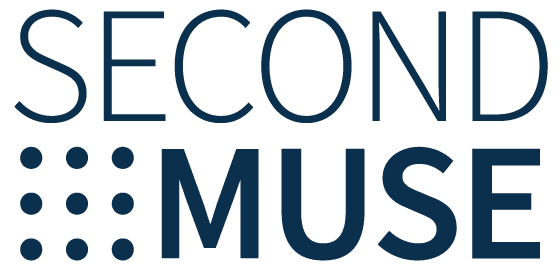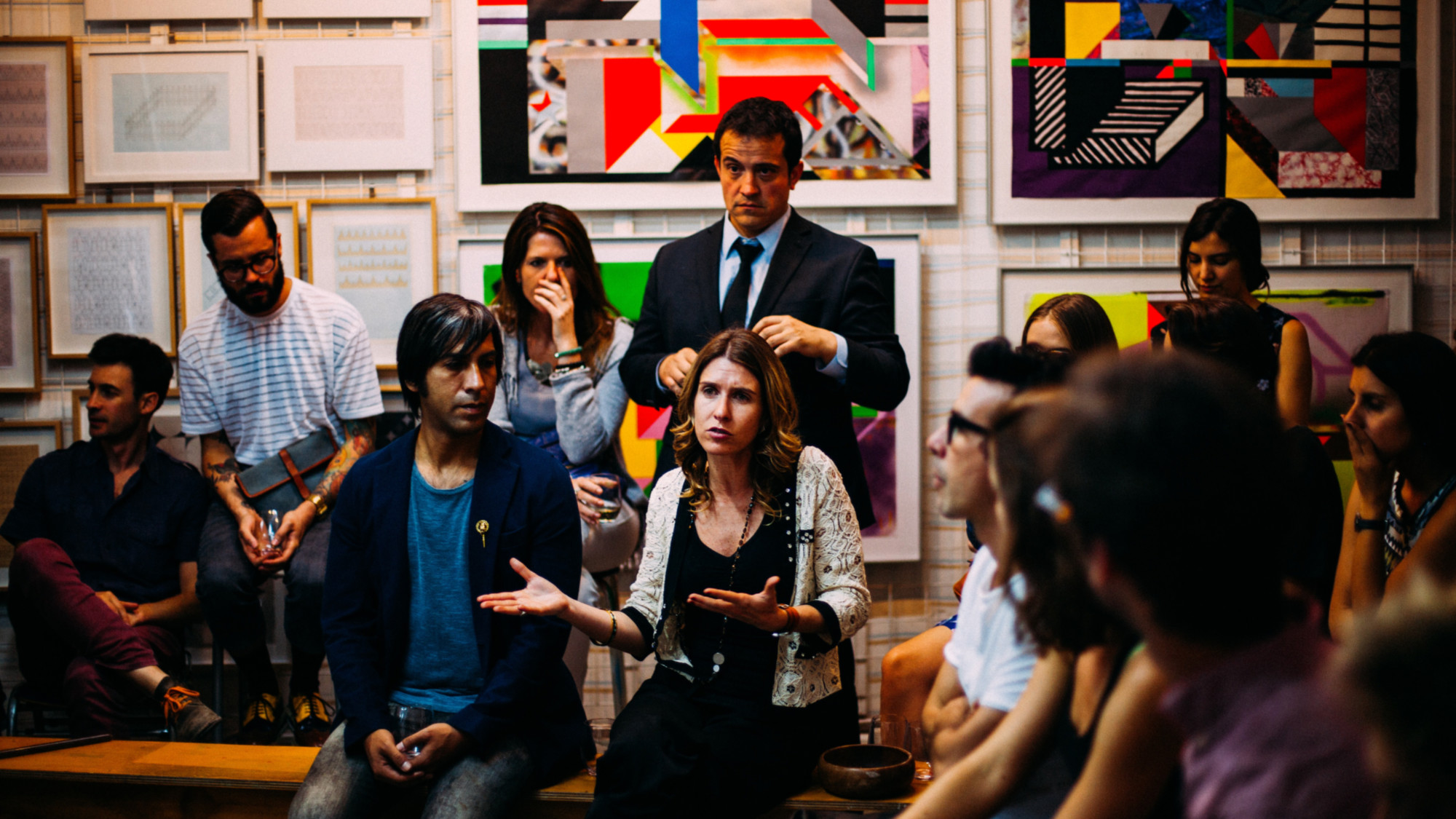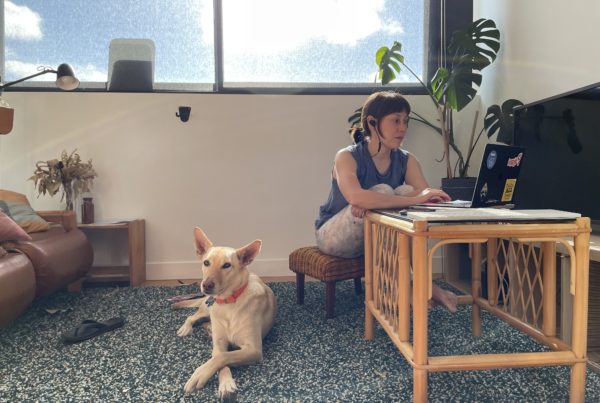SecondMuse Capital's latest Future Economy Lab is addressing barriers limiting the potential of co-ops, credit unions, and other collectively-owned organizations.
In the 1930s, farmers in the U.S. joined forces to bring electricity to some of the most underserved rural areas of the country. Federal loans enabled these rural electricity cooperatives to build and own their own distribution systems, which eventually powered tens of millions of U.S. homes.
Co-ops and other organizations owned and managed by the very people they serve, have long played an important role in addressing the needs of underserved populations, from rural Americans without power, to city dwellers priced out of quality housing.
Unsurprisingly, the most impactful collectively-owned organizations — like the electricity co-ops of the 20th century — have enjoyed robust support and easy access to capital through either government loans or other financial mechanisms.
But today, a new wave of collectively-owned startups striving to create everything from fairer workplaces to more customer-centric platforms are struggling with access to finance and other support needed to scale. It’s the latest challenge SecondMuse Capital’s global research and design lab has set out to solve. In partnership with National Cooperative Bank (NCB), One Project and Zebras Unite Coop, The Future Economy Lab will spend the next few months working to identify and address challenges limiting the broader movement towards collective and inclusive ownership.
“From our perspective, it’s a really important issue,” said Natalia Arjomand, Director of SecondMuse Capital. “We know the governance model of collectively-owned organizations brings value to the broader community that goes far beyond the products and services they offer. At SecondMuse Capital, we are looking at how we can build wealth beyond exclusive investor groups, and we believe this is something these organizations can address.”
An Equitable Model
The inclusive and democratic nature of these groups has already shown evidence of fostering equity in the regions and sectors in which they operate. A 2021 report on the state of worker cooperatives in the U.S., for example, found that employees at these organizations were paid more equitably than employees working for more traditional companies where staggering pay gaps between CEOs and their workforce are exceedingly common. The report also found that the majority of cooperative workers were women, and nearly half of all workers were non-white. While demand for these types of organizations has been rising, the report said, “financing growth” remained a challenge.
To dig into the reasons why many forms of collectively-owned organizations face second-class access to capital, members of the Future Economy Lab have initiated the program’s Define Phase, which includes research and interviews with key stakeholders in the space.
“In our preliminary research, we are seeing that there is a disconnect between investors who see value in collectively-owned organizations and practical pathways to financing them,” said Indra Sarju, Senior Analyst at SecondMuse Capital. “Because the governance model is so different, in the sense that there isn’t one individual holder, it makes it difficult for investors to assess risk.”
Other problems identified in the team’s preliminary research include a lack of opportunity for collaboration across and between different types of collectively-owned organizations, a lack of financing standardization, and a lack of general knowledge about the business models of these organizations.
Designing a Multifaceted Solution
The Define Phase will conclude in June with an interactive virtual workshop in which results are shared and discussed with participants who will agree on a viable way forward. It will set the stage for the following Design Phase of the lab, in which diverse stakeholders will begin creating the multifaceted solution.
 “We recognize that the needs of collectively-owned organizations are diverse,” Natalia said. “The needs will be very different in a sector or geographic region where there is preexisting history and favorable policies in place compared to a sector or region in which these organizations are new. So we know we have to develop a solution that works across industries and organizational life stages, and that serves both the supply and demand side.”
“We recognize that the needs of collectively-owned organizations are diverse,” Natalia said. “The needs will be very different in a sector or geographic region where there is preexisting history and favorable policies in place compared to a sector or region in which these organizations are new. So we know we have to develop a solution that works across industries and organizational life stages, and that serves both the supply and demand side.”
Some solutions that have been proposed in early conversations include debt financing backed by a guarantee facility for early-stage companies, mezzanine debt for later-stage companies, and influencing policy to support unlocking greater access to capital. The team cautions that at this stage, these mechanisms are simply suggestions and that the solution they arrive at will not be only limited to a financial mechanism. Given the great work that has already occurred in this sector, the team is also looking to explore solutions where working together is greater than the sum of the parts.
“The broader goal of the Future Economy Lab is to drive systemic change in industries with financial innovation that is less exclusive and that better responds to the actual needs of the organizations we seek to finance and to invest in, which in turn benefits of these organizations and investors alike,” said Erica Barbosa, SecondMuse Capital’s Head of Sustainable Finance and Innovation. “Our Labs work toward this goal by bringing together diverse perspectives and stakeholders who work toward solutions that ultimately support sustainable and inclusive economies.”
While the inaugural lab did result in the design of a uniquely structured $50+ million climate venture fund, the subsequent lab on barriers to education financing concluded that a fund was not an appropriate solution and instead resulted in a pair of draft models designed for intervention in the education sector.
A report detailing the group’s findings to date will be available this summer for anyone interested in supporting or learning more about an organizational model that has driven equity for more than a century — from rural communities of the 1930s to workplaces around the world today. Stay tuned to SecondMuse’s newsletter and social channels for more!







